Noteworthy Rules Moments Of 2023
Plenty of noteworthy rules moments happen on tour every year. Here we round up a selection of such moments from 2023


Many things inevitably crop up every year on the various tours from a Rules perspective. Here, we have put together a little round-up of some of the noteworthy incidents and scenarios that caught our eye in 2023, from straightforward rulings involving big-name players in high-profile events to clever usage of the Rules to limit damage and even the odd minor controversy…
Jordan Spieth & Justin Thomas - embedded or not?
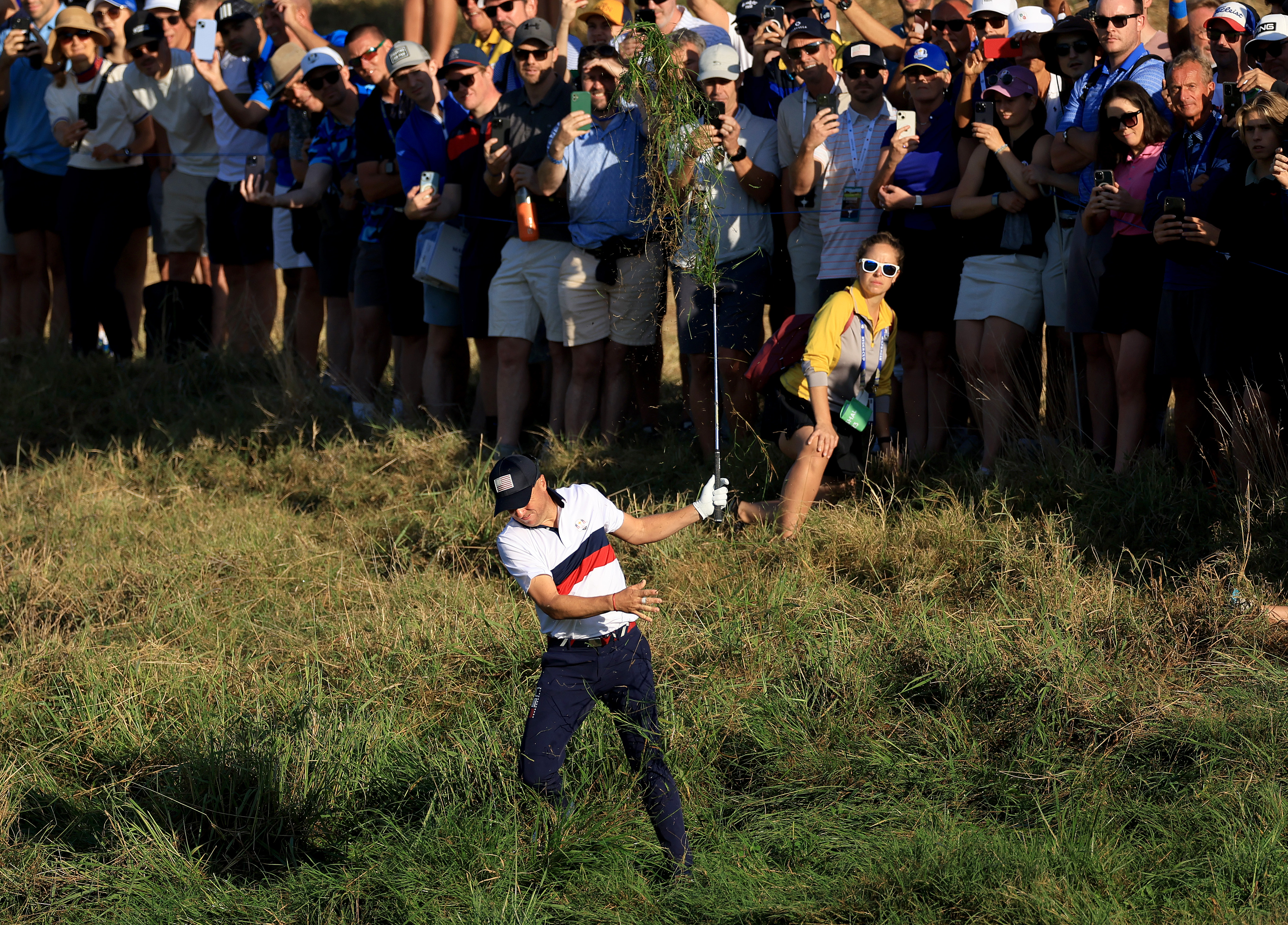
Justin Thomas attempted to play from this lie unsuccessfully after embedded ball relief was not granted in the Ryder Cup
During the Saturday morning foursomes in the Ryder Cup at Marco Simone, Jordan Spieth pulled his tee-shot on the 6th into an area of thick rough. After a lengthy search, the ball was found and identified, and a walking referee was called in straightaway to decide whether or not it was an embedded ball situation.
There was some dirt on the ball, which convinced Spieth and his partner, Justin Thomas, that it may have been, but the referee decided it was not and there would be no free relief. The pair sought a second opinion, but the ruling remained the same – no free relief. Eventually, Thomas took a mighty swipe, barely moving the ball, which popped up and hit his foot causing great excitement among the TV commentators about a potential penalty. But they had forgotten (or didn’t know) that there is no longer a penalty for your ball hitting you accidentally. The Americans, not surprisingly, went on to lose the hole.
Max Homa – a very wise drop
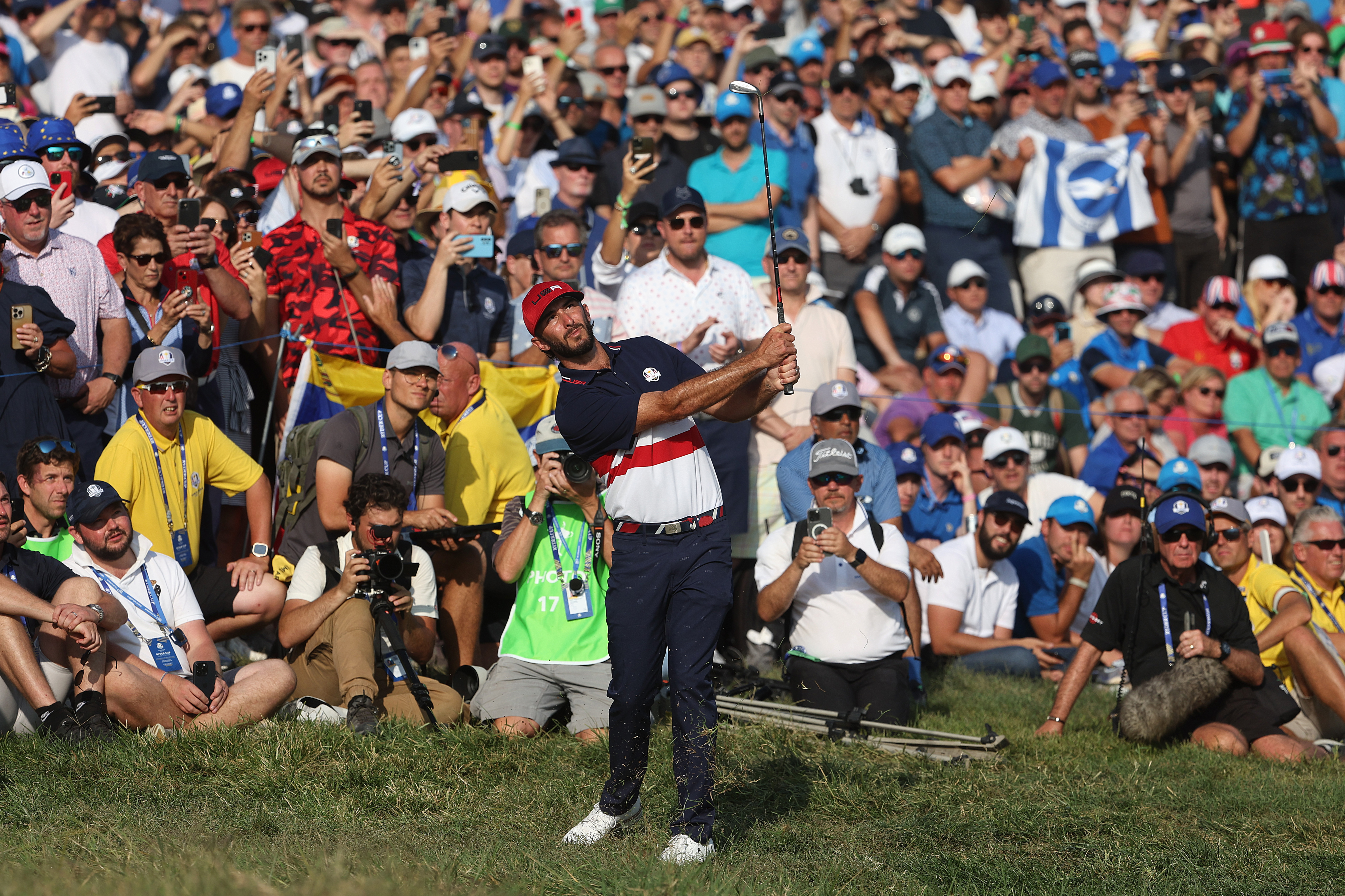
Max Homa's decision to take a penalty drop on 18 in his Ryder Cup singles proved a sensible one
In his final-day singles against Matt Fitzpatrick, Max Homa showed great presence of mind on the final hole at a time when America’s hopes of a last-day comeback were still just about alive. 1-up coming down the par-5 18th, Homa drew a terrible lie short right of a big greenside bunker on the right following his second shot, with Fitzpatrick close by but in a better lie.
Spurning any temptation to have a go at it given America’s must-win situation, Homa decided to take an unplayable ball penalty drop back on line into a much better lie, then proceeded to pitch to 8ft and hole the par putt to beat Fitzpatrick 1-up and keep faint American hopes alive. It was a great example of taking your medicine as anything could have happened from the original lie.
Phachara Khongwatmai – a bit too much 'gardening'
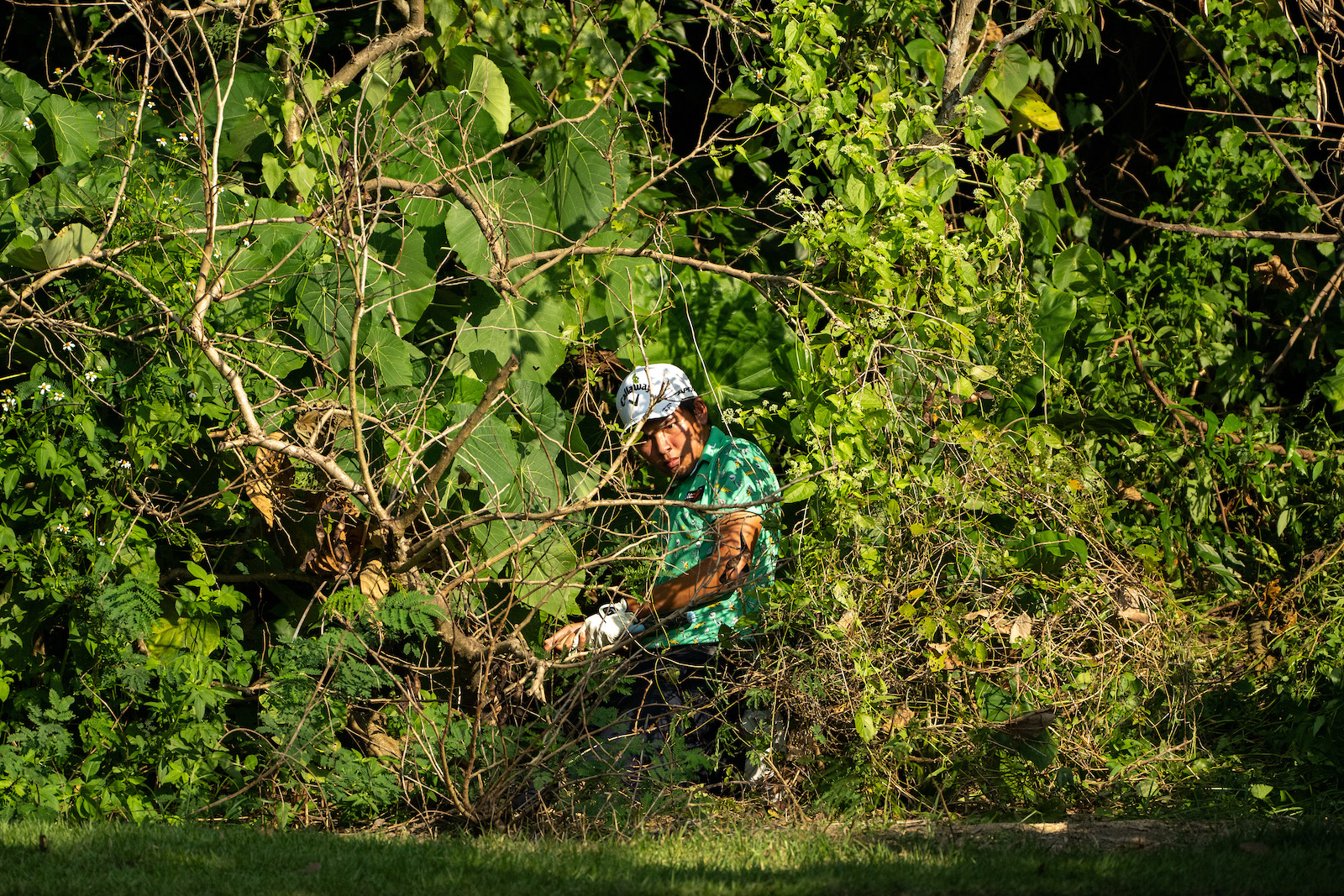
The Asian Tour later admitted Phachara Khongwatmai had done more than he was allowed to before playing from here in the Hong Kong Open
The Asian Tour ultimately admitted making a mistake when dealing with a rules controversy during the final round of the Hong Kong Open. Down the closing stretch, tournament leader, Phachara Khongwatmai, found himself in the bushes after an errant tee-shot on 16.
A 15-minute debate ensued as the Thai golfer tried to figure out if he could play a shot, with the others in his threeball - Cameron Smith and Ben Campbell – called over, as well as a rules official. The controversy arose when Khongwatmai began moving branches and bushes, which both fellow players felt were still connected to the tree - an infraction of Rule 8.1a. This states that a player cannot "move, bend or break any growing or attached natural object…”
Get the Golf Monthly Newsletter
Subscribe to the Golf Monthly newsletter to stay up to date with all the latest tour news, equipment news, reviews, head-to-heads and buyer’s guides from our team of experienced experts.
Subsequently, tour bosses released a statement saying that Khongwatmai's actions should have been penalised: “The Asian Tour has reviewed the rules incident with Phachara Khongwatmai on the 16th hole in the final round of the Hong Kong Open on Sunday. After carefully looking at the broadcast coverage, we have identified infractions relating to Rule 8.1. A private, internal review will take place by the Asian Tour to ensure we learn from this experience and avoid a recurrence of the matter.”
Khongwatmai eventually played out and went on to make double, before also bogeying the last to slip into a share of 3rd place.
Brian Harman – staying calm under pressure
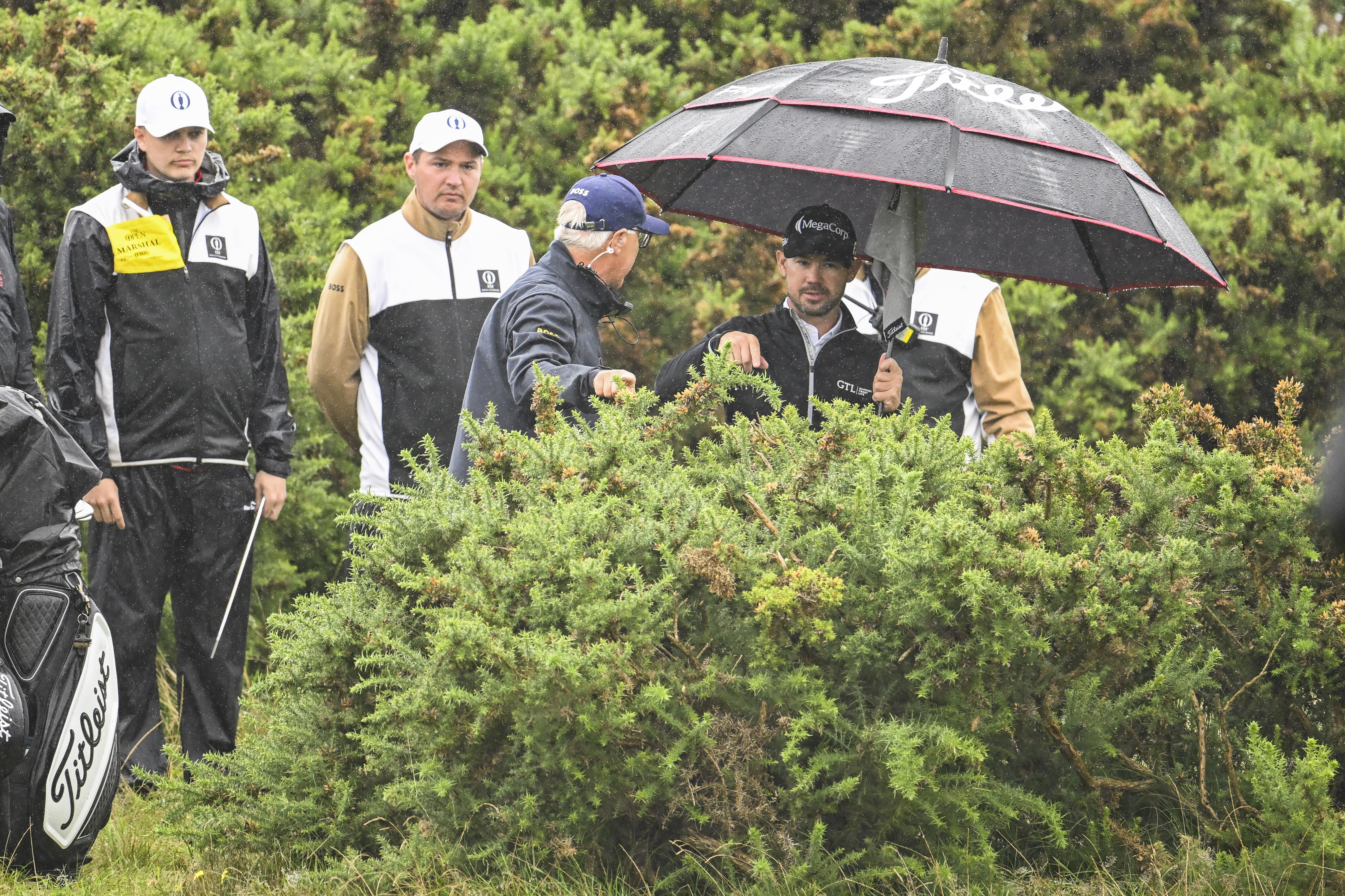
Brian Harman kept a level head when working out his best option after finding a gorse bush in the final round of the 2023 Open
At a point where things looked as though they could be starting to unravel for Brian Harman in The Open at Hoylake, the American calmly assessed and discussed his options rather than panicking when he drove into a gorse bush left of the par-5 5th hole, having already bogeyed the 2nd.
From this unplayable lie, his goal was to make no worse than bogey. He was able to do this partly thanks to the shape of the dogleg-left hole, which meant he could drop back on line clear enough to be able to progress his third shot a good distance.
Although he wasn’t able to then get up and down for par, he had successfully averted a big number, and he bounced back immediately with two birdies to re-establish a decent lead that he never really looked like relinquishing.
Cameron Young – a lapse of concentration

Cameron Young paid the price for forgetting to move his ball-marker back in the US PGA
All golfers will have been asked to move their ball-marker away from another player’s line on the green at some stage, typically a putter-head length or two to one side or the other. Having done that, what then happens if you forget to move your marker back before putting?
It’s relatively easily done despite your, and usually your playing companions’, best efforts, for nearly all would step in if they saw you about to putt without moving it back. But it happens even to the very best, as Cameron Young can testify.
In the US PGA Championship, Young holed a two-footer on the 16th green in round two without moving his marker back, having been asked to move it aside by Tommy Fleetwood. When the error came to light, that ‘par’ subsequently became a double-bogey as a result of Young playing from a wrong place in breach of Rule 15.3c and therefore incurring the general penalty under Rule 14.7a – so two strokes in stroke-play. In match play, it would have been loss of hole.
Adam Scott – a tight out of bounds call

Adam Scott's Australian Open hopes were dashed when this ball was ruled out of bounds
In early December, Adam Scott had put himself in a great position to claim a second Australian Open title 14 years after his first, playing the first 15 holes of his final round in six-under to snatch the lead with three to play.
Sadly, it wasn’t to be as he hooked his drive on the 7th hole (his 16th), which came to rest at the foot of the fencing surrounding the practice range. As he was working out how to potentially chip it back out, word came through that the ball was actually out of bounds and he would have to play his provisional ball instead.
“I first asked if it was in bounds and I was told it was in,” Scott said. “While I was trying to work out what I could do, the ruling was checked and it was out of bounds.”
A triple-bogey there put paid to his chances and he would eventually finish three shots outside the play-off in a tie for 4th place.
Parker Coody – another tight out of bounds call

The string line revealed that Parker Coody's ball was just in bounds here
Parker Coody also had a close out of bounds call in the Price Cutter Charity Championship on the Korn Ferry Tour. Assessing whether a ball is in or out of bounds can sometimes be a very close call, as evidenced by the photo here.
After an errant drive on the 16th hole, Coody’s ball came to rest between the two white stakes defining the boundary. After checking using a string line between the stakes, it was confirmed that a part of Coody’s ball was the course-side of the line, so he not only avoided the long walk back to the tee, but instead went on to complete the hole with a par and finish T2nd just behind his twin brother, Pierceson!
Both brothers would go on to finish in the top 30 of the Korn Ferry Tour rankings to earn their PGA tour cards for 2024.
Viktor Hovland – bunker face problems
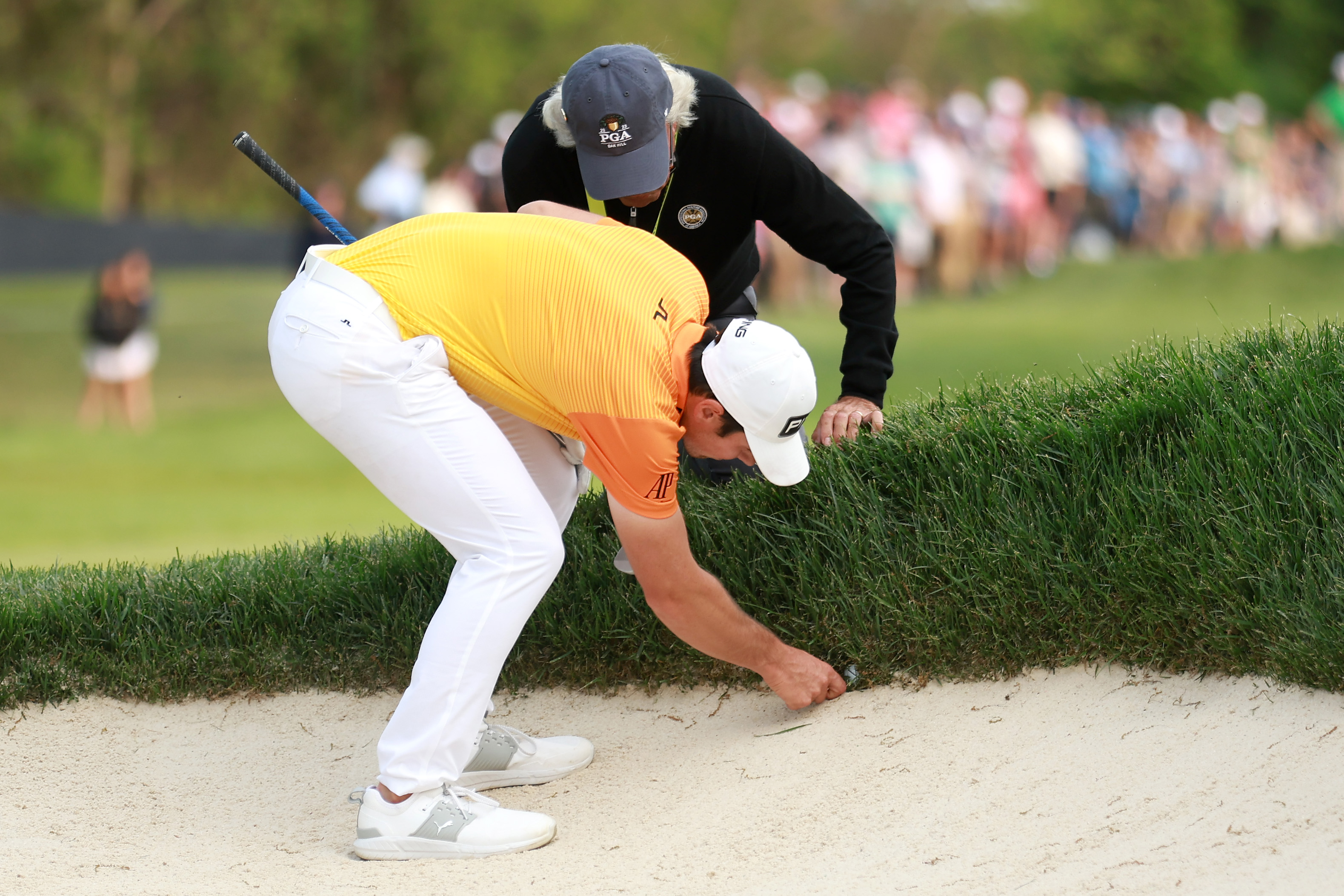
Viktor Hovland's US PGA hopes unravelled on the 16th in the final round
Trailing eventual champion, Brooks Koepka, by a shot, Viktor Hovland’s ambitious shot from the bunker on the right of the 16th fairway in the final round only advanced a few yards before it got plugged in the grass bank lip just above the bunker, which is part of the general area, not the bunker. As the ball ended up in its own pitch mark on the grass bank and part of it was below the level of the ground, the ball was therefore embedded in the general area.
Under Rule 16.3, Hovland was entitled to free relief as an embedded ball in the general area is not treated as part of the challenge of playing the course. To proceed, Hovland first had to find relief in the general area right behind where the ball was embedded on the steep bank. He then had to drop the ball in the general area within one club-length no nearer the hole from the spot right behind where the ball was embedded. Dropping in the bunker is not an option under the Rules in such a scenario. This meant dropping the ball on the steep bank framing the bunker, but also in thick long grass leaving him with a very tricky shot.
As a result, Hovland ended up signing for a double bogey, eventually finishing two shots behind Koepka in a share of 2nd place.
Jon Rahm & Rory McIlroy - causing their balls at rest to move

Jon Rahm was ruled to have caused his ball to move when preparing for a chip in the WGC Match Play
Two of the biggest names in the game were penalised for causing their balls at rest to move in 2023.
Jon Rahm’s came during the third round of the 2023 WGC-Dell Technologies Match Play. After his second shot to the par-5 12th at Austin Country Club found the first cut of greenside rough, Rahm, when preparing to play his chip, caused his ball to move from its precarious position when he grounded his club behind it. Although the ball had only moved an inch or so, Rahm was certain that his actions had caused it to move, and consulted with an official to confirm.
When it is known or virtually certain that you’ve caused your ball at rest to move – in other words, you’re at least 95% likely to have caused it to move – you get one penalty stroke and must replace the ball on its original spot under Rule 9.4.

Rory McIlory also caused his ball to move in the Tour Championship costing himself a penalty stroke
Rory McIlroy suffered a similar fate in the Tour Championship at East Lake. During the third round, his ball came to rest on a slope in front of the 8th green in the general area. McIlroy placed his club behind the ball, and within a second of the club being placed, the ball rolled back a few inches. In discussion with a referee, McIlroy determined that he was the cause of the ball’s movement and, with one penalty stroke, the ball was replaced. If either Rahm or McIlroy had played from where their balls had moved to, they would have been given the general penalty (two strokes) for playing from a wrong place.
Stewart Cink – an interesting ‘lie’

Stewart Cink's tee-shot ended up in an interesting spot in the 2023 Kaulig Companies Championship
While removing a movable obstruction would often be one of the simplest Rules situations you may come across during a round, it is possible for your ball to end up in or on a movable obstruction, and it’s a little more complicated then.
In the final round at the 2023 Kaulig Companies Championship at Firestone Country Club, Stewart Cink's tee shot on the 72nd hole flew wide and right, glanced off a tree and landed in the cubby of a referee’s golf cart! As the cart was a readily movable artificial object, Cink was allowed to take free relief from the movable obstruction. However, it was not as simple as removing the obstruction and replacing the ball if it had moved.

A close-up of where Stewart Cink's ball actually finished!
When your ball is in or on a movable obstruction anywhere on the course except on the putting green, you may take free relief by lifting your ball, removing the movable obstruction and then dropping a ball within a one club-length relief area measured from the reference point, which is the estimated point right under where the ball was at rest in or on the movable obstruction. The relief area must be in the same area of the course as the reference point and not nearer the hole.
As his ball was in the general area, Cink followed this procedure and went on to secure a closing par.

Jeremy Ellwood has worked in the golf industry since 1993 and for Golf Monthly since 2002 when he started out as equipment editor. He is now a freelance journalist writing mainly for Golf Monthly. He is an expert on the Rules of Golf having qualified through an R&A course to become a golf referee. He is a senior panelist for Golf Monthly's Top 100 UK & Ireland Course Rankings and has played all of the Top 100 plus 91 of the Next 100, making him well-qualified when it comes to assessing and comparing our premier golf courses. He has now played 1,000 golf courses worldwide in 35 countries, from the humblest of nine-holers in the Scottish Highlands to the very grandest of international golf resorts. He reached the 1,000 mark on his 60th birthday in October 2023 on Vale do Lobo's Ocean course. Put him on a links course anywhere and he will be blissfully content.
Jezz can be contacted via Twitter - @JezzEllwoodGolf
Jeremy is currently playing...
Driver: Ping G425 LST 10.5˚ (draw setting), Mitsubishi Tensei AV Orange 55 S shaft
3 wood: Srixon ZX, EvenFlow Riptide 6.0 S 50g shaft
Hybrid: Ping G425 17˚, Mitsubishi Tensei CK Pro Orange 80 S shaft
Irons 3- to 8-iron: Ping i525, True Temper Dynamic Gold 105 R300 shafts
Irons 9-iron and PW: Honma TWorld TW747Vx, Nippon NS Pro regular shaft
Wedges: Ping Glide 4.0 50˚ and 54˚, 12˚ bounce, True Temper Dynamic Gold 105 R300 shafts
Putter: Kramski HPP 325
Ball: Any premium ball I can find in a charity shop or similar (or out on the course!)
-
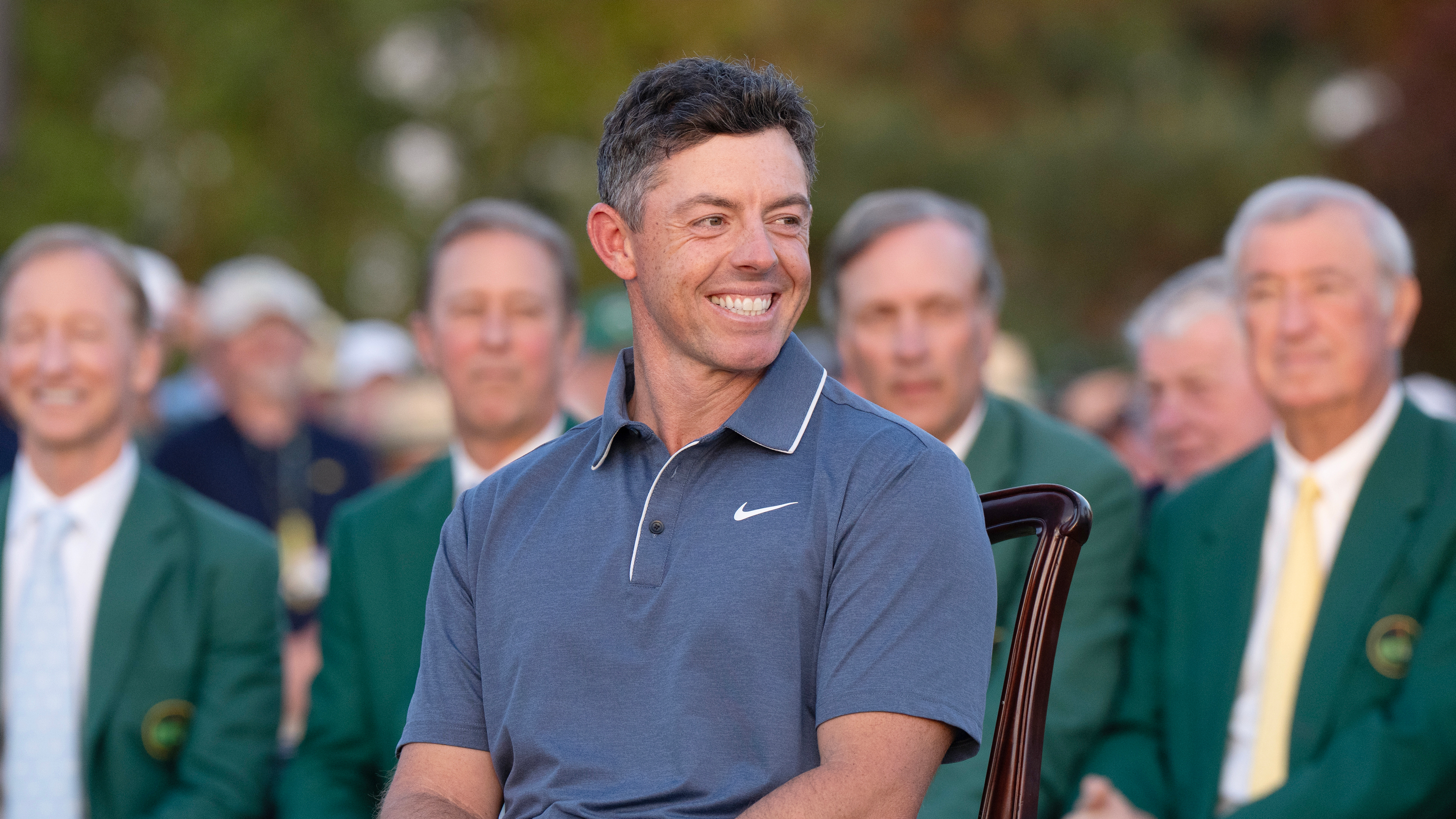 9 Things Rory McIlroy Still Has Left To Achieve In His Career
9 Things Rory McIlroy Still Has Left To Achieve In His CareerAfter becoming one of just six players ever to complete the career Grand Slam, what else could Rory McIlroy realistically achieve before retirement?
By Jonny Leighfield
-
 3 Reasons To Add A Mini Driver To Your Golf Bag
3 Reasons To Add A Mini Driver To Your Golf BagThe mini-driver has been popping up in more and more bags on professional tours all around the world in recent months. Could you be missing out if you haven't tried one yet?
By Joe Ferguson